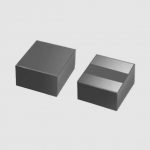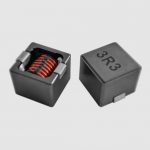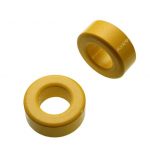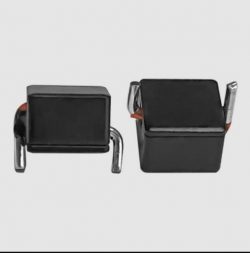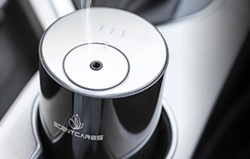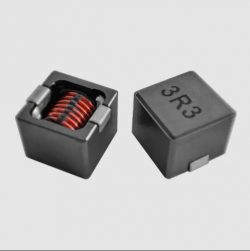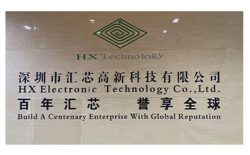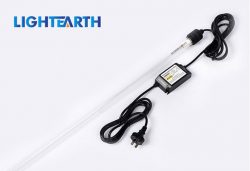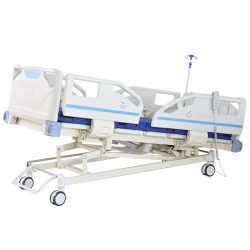Inductive Components
Inductive components, such as inductors and transformers, are essential in electronics, aiding in energy storage, signal processing, and filtering. These electronic component types store energy in a magnetic field, playing a pivotal role in the functionality and efficiency of various electronic systems.
Specific Information for Inductive Components
Inductive components are passive electronic components that use the principle of electromagnetic induction to store and transfer energy. They are widely used in various electronic circuits and systems. Here is some specific information about inductive components:
Types of Inductive Components: The most common types of inductive components include inductors, transformers, and chokes.
Inductors: Inductors are passive electronic components that store energy in a magnetic field when an electric current flows through them. They are typically made of a coil of wire wound around a core material, such as iron or ferrite. Inductors are used in various applications, including filtering, energy storage, and impedance matching.
Transformers: Transformers are inductive components that transfer electrical energy between two or more circuits through electromagnetic induction. They consist of two or more coils of wire wound around a common core material. Transformers are used to step up or step down voltage levels, isolate circuits, and match impedance.
Chokes: Chokes, also known as inductor filters or reactors, are inductive components used to block or filter out high-frequency noise or ripple currents in electronic circuits. They are designed to have a high inductance value and are often used in power supplies and audio circuits.
Inductance: Inductance is a property of inductive components that determines their ability to store energy in a magnetic field. It is measured in henries (H) and depends on factors such as the number of turns in the coil, the core material, and the physical dimensions of the component.
Core Materials: Inductive components can have different core materials, such as iron, ferrite, powdered iron, or air. The choice of core material depends on factors such as the desired inductance value, frequency range, and power handling capability.
Inductive Reactance: Inductive components exhibit a property called inductive reactance, which is the opposition to the flow of alternating current (AC) due to the inductance. Inductive reactance is directly proportional to the frequency of the AC signal and the inductance value.
Quality Factor (Q): The quality factor is a measure of the efficiency of an inductive component. It represents the ratio of the reactive power stored in the component to the power dissipated as heat. A higher quality factor indicates a more efficient component.
Saturation: Inductive components can experience saturation when the magnetic field strength reaches a maximum value, causing a decrease in inductance. Saturation can occur when the current flowing through the component exceeds its rated value or when the magnetic field strength exceeds the core material’s saturation level.
Applications: Inductive components are used in a wide range of applications, including power supplies, audio systems, telecommunications, motor control, RF circuits, and many more.
It is important to consider these specific details when selecting and using inductive components in electronic circuits to ensure proper functionality and performance.


